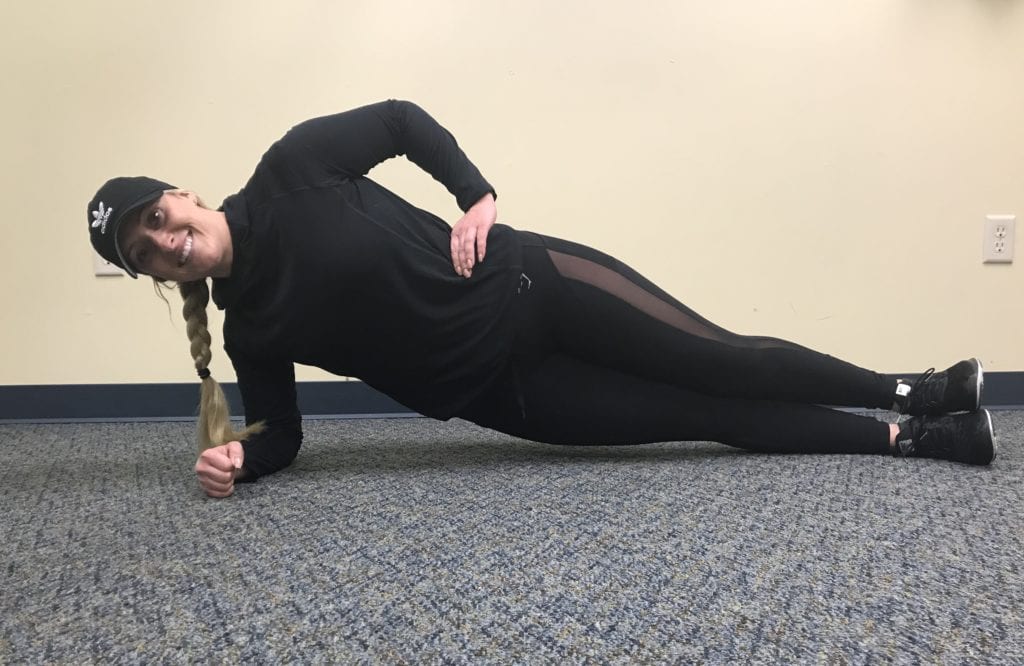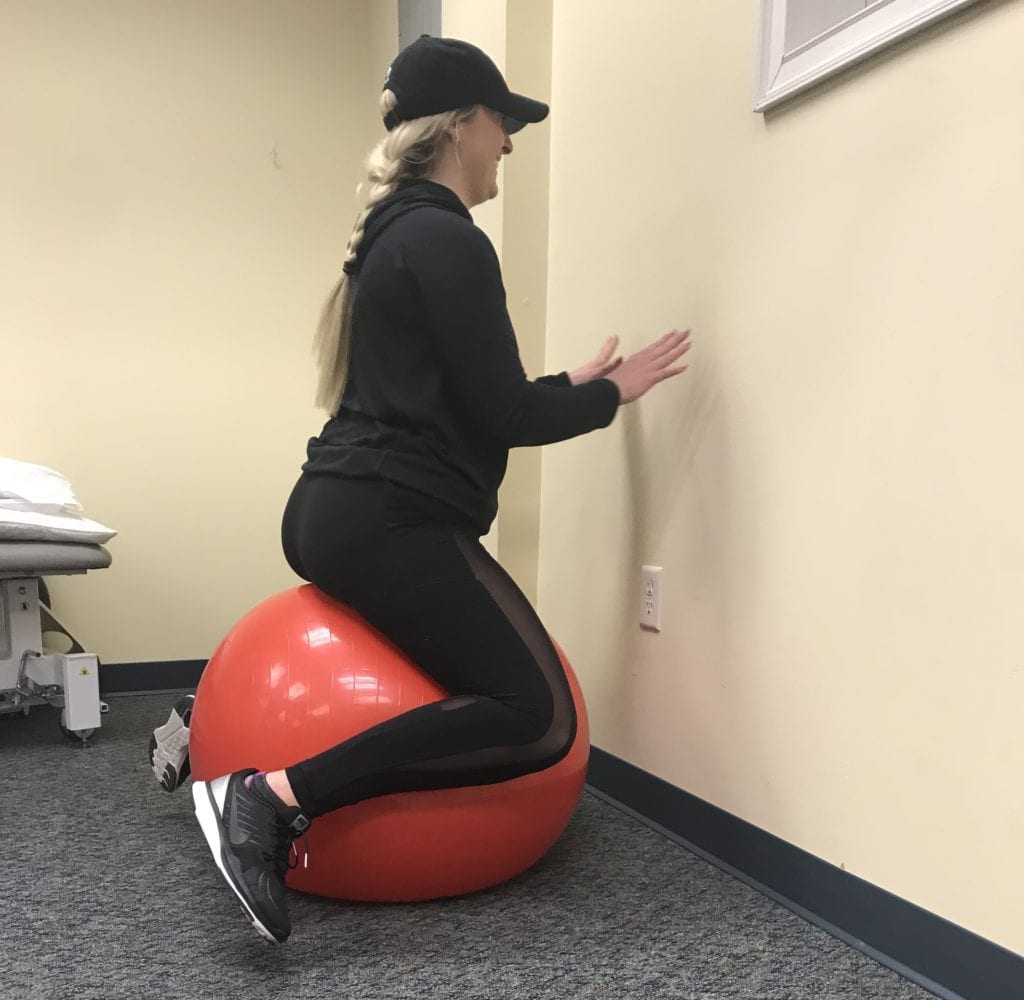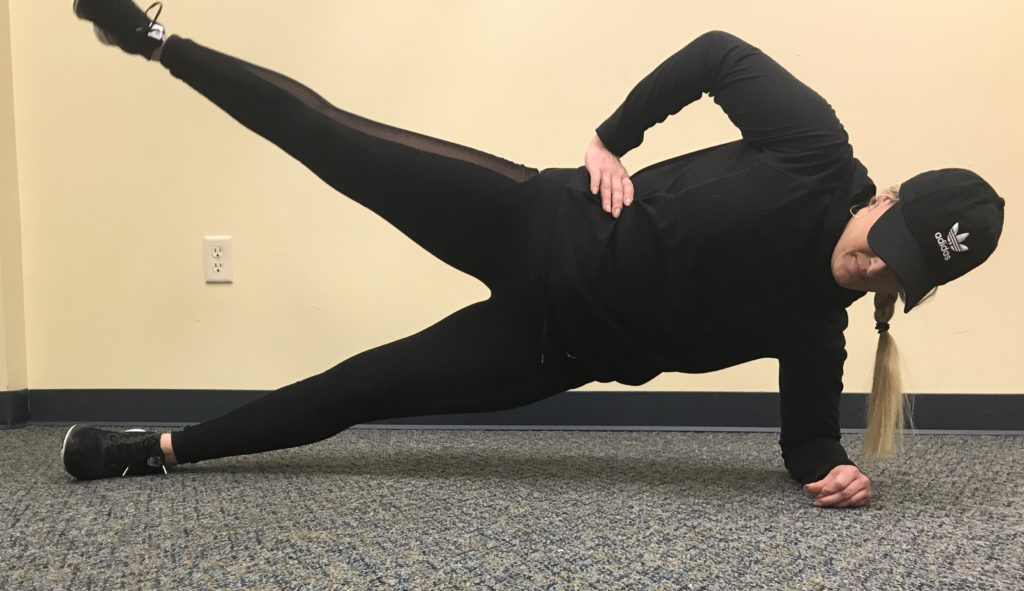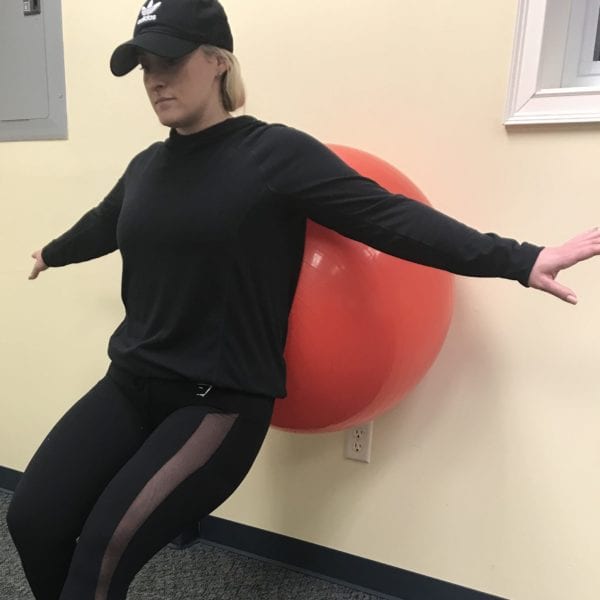Riders fantasize about entering the show pen for the next season all winter long. On the coldest winter days, when water buckets are frozen and horses are in layers of blankets, the first show of the season seems far away. But as many riders know, before you realize it, show season is right around the corner.
During show season, trainers and riders work endlessly to keep their horses in the best physical condition. But the horses aren’t the only ones working to stay in shape. Riders spend hours in the saddle working to prepare for when they enter the show pen.
In states where the majority of months are spent with horses in layers of blankets and riders are hoping conditions allow them to ride, trainers must find ways to keep horses and clients in shape and ready to compete.
Conditioning yourself and your horse throughout the winter cannot only help set you apart when the first spring show comes around, but will also keep both horse and rider in the best possible shape. After consulting experts on equine and rider fitness, here are some ways to stay fit and competitive all winter long.
Keeping Your Horse Fit During the Winter
 New England winters can be long and harsh, and professional trainers must find ways to continue to train and teach as temperatures drop between show seasons. Trainer Michele Carver of Broad Brook, Connecticut has been able to expand her techniques over the years, working alongside some of the most notable trainers in the Quarter Horse industry including Gretchen Mathes.
New England winters can be long and harsh, and professional trainers must find ways to continue to train and teach as temperatures drop between show seasons. Trainer Michele Carver of Broad Brook, Connecticut has been able to expand her techniques over the years, working alongside some of the most notable trainers in the Quarter Horse industry including Gretchen Mathes.
Carver’s dedication to the care and success of the horses and riders was evident. Michele was adamant about the importance of a warm-up for both horse and rider during winter months, especially for horses that work patterns. Carver stated, “I have seen horses get naughty when starting a pattern due to how much they anticipate the patterns.” This extra time spent walking is not only to help reduce stress on the body in the cold but also reduces anticipation.
During walk work, she encourages horses to work into the bridle and focus on lateral movements as well as maneuvers, including turns on the forehand. After at least ten minutes of walking at the start of a ride, Carver will encourage horses into trot work. Carver stated that she does not want to push any horse to the point of breathing heavily and sweating, so trot work is limited.
 When keeping horses at minimal trot work during these temperatures, she urges students to focus on no stirrup work. As many riders know, there are some days that it is impossible to get saddle time. Carver has other ways to work with your horse besides riding, such as taking time to work on things like showmanship and clipping so that blankets do not need to be removed.
When keeping horses at minimal trot work during these temperatures, she urges students to focus on no stirrup work. As many riders know, there are some days that it is impossible to get saddle time. Carver has other ways to work with your horse besides riding, such as taking time to work on things like showmanship and clipping so that blankets do not need to be removed.
When asked what she would tell riders who want to remain competitive over the winter with limited time in the saddle she stated, “Try to stay active, go to the gym and take care of yourself. Keep up with lessons when the weather permits and keep your horse moving, even if it’s hand walking with blankets on, or working on showmanship in the barn aisle. I’ve seen horses that have winters off and never get their blankets taken off and then put back in training in the spring; it ages them. As long as they keep moving they stay younger and healthier.”
Taking Care of Yourself During the Winter
Remaining healthy and active is the goal for horses and riders alike. Taking care of muscles and maintaining fitness is vital for riders who want to continue to work on themselves, especially when saddling up isn’t an option due to weather. Dr. Trevor Trombley, PT, DPT is currently practicing physical rehabilitation in an outpatient setting with an emphasis on orthopedics, sports and manual therapy. He has pursued additional training and has been applying his skills and knowledge of physical medicine to equine physical therapy to resolve injury and enhance the performance of horse and rider.
 Dr. Trombley graciously offered his knowledge and explained some exercises that riders can perform at home to maintain and even improve their work in the saddle.
Dr. Trombley graciously offered his knowledge and explained some exercises that riders can perform at home to maintain and even improve their work in the saddle.
Exercise #1
The first would be side planks, which consist of placing your feet on top of one another and your elbow on the floor, creating a straight line to your shoulder. Your opposite hand may rest at your side or on your hip, and your hips should be lifted off the floor.
This position should be held for less than 60 seconds on each side. Dr. Trevor stressed, “Always stop before completely fatigued and lower [yourself] back down. Make sure to hold for the same amount of time on each side.” This exercise can be advanced by adding top hip abductions which are the extension of the top leg until it is in line with or past your shoulder.
Exercise #2
The next exercise is a stool straddle with pelvic circles; repetitions should be ten clockwise and ten counterclockwise. To be done correctly the rider should straddle a stool with their legs unsupported and rotate their pelvis in a circle by tilting forward, sideways, backward, to the opposite side and repeat.
 Through practice, it will become a smooth motion. Once comfortable with this exercise it can be advanced by replacing the stool with an exercise ball. Body position should be similar to sitting in a saddle. However, the rider’s knees should be bent enough to ensure their feet are not on the ground.
Through practice, it will become a smooth motion. Once comfortable with this exercise it can be advanced by replacing the stool with an exercise ball. Body position should be similar to sitting in a saddle. However, the rider’s knees should be bent enough to ensure their feet are not on the ground.
While beginning this exercise, the wall can be used to find balance and for support. Maintain balance on the ball for up to 60 seconds and complete 3-5 repetitions.
Exercise #3
The last exercise is a single leg wall squat, which should be done ten times per side. To properly execute this exercise, stand on one leg, with the corresponding foot 12-18 inches from the wall, squat down on one leg, and then slowly return to standing.
While demonstrating this exercise Dr. Trevor used the analogy, “Squat down on one leg like slowly sitting down in a chair.” To increase difficulty, the single leg wall squat can be done with the ball behind the back. In this case, the distance from the wall must be increased to account for the ball being placed behind the lower back. He suggested that these exercises be completed three times a week, with at least a day of rest in between. After demonstrating each exercise, Dr. Trombley was asked how these workouts would correlate to work in the saddle.
 His response was, “Work in the saddle is a combination of core, pelvis/hip, as well as leg muscles. Side planks will improve core endurance while integrating it with the legs. Straddling a ball or stool mimics the position of the saddle at home while improving one’s ability to maintain position and control the core muscles. Squats help build the strength and endurance of the legs while posting.”
His response was, “Work in the saddle is a combination of core, pelvis/hip, as well as leg muscles. Side planks will improve core endurance while integrating it with the legs. Straddling a ball or stool mimics the position of the saddle at home while improving one’s ability to maintain position and control the core muscles. Squats help build the strength and endurance of the legs while posting.”
Ride as Much as Possible
Although these workouts at home are great for conditioning during the winter, riders should still aim to spend as much time as possible in the saddle.
Dr. Trombley also urges riders to focus on their warm ups and cool downs while riding. “Beginning with a walk for both you and your horse is a great way to loosen the legs and encourage blood flow in the cold weather. Once finished riding, walk again for a cool down. With moderate and high activity, waste products of muscle contraction are building up in the tissue. Walking after riding gives the horse and rider both time to flush the waste products and aids in recovery for the next ride.”
The insights from Dr. Trombley and professional horsewoman Michelle Carver elucidated many techniques and tricks for riders who strive to reach peak performance during all seasons. With the addition of these tips to their winter riding schedules, riders and their horses will find themselves more prepared for show season.
About the Author: Aurora Martin grew up in a small town in Vermont, which is where her love for horses first began. Her grandmother brought her to her first riding lesson at the age of 4, that was the start of a lifelong passion. Aurora started showing horses in middle school at the local Riding Club. Since then, she has continued to follow her passion. She now owns her horse and spends her free time showing at AQHA shows around New England. Aurora enjoys spending as much time as possible pampering her gelding and working to become a more knowledgeable horsewoman.









